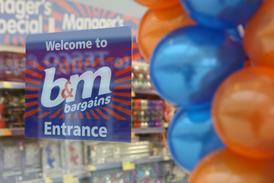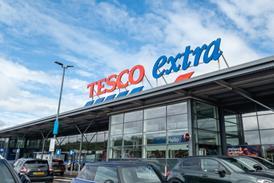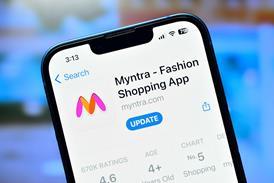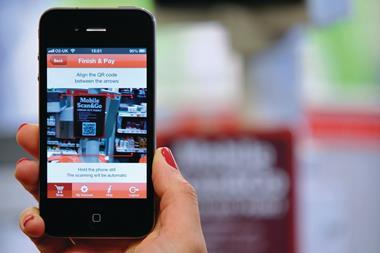As the big four supermarkets look for new ways to diversify their offers, could mobile be the key to better sales and consumer insight?
Times are tough for the UK’s grocery retailers. In a highly competitive market, it’s clear that retailers need to find the next new revenue stream.
In the past 13 years, Tesco has turned its mobile offering, Tesco Mobile, into the UK’s largest mobile virtual network operator (MVNO) and the fifth-largest mobile services provider.
It now has 4.6 million subscribers with a 5% year-on-year expansion.
More interestingly, Tesco uses mobile to drive customer loyalty and cross-sell other services; a powerful weapon against falling sales and market saturation.
What are the lessons that other retailers can learn about how an MVNO can hold the key to not only increased revenues but also better customer relationships?
“Marketing return on investment is also improved, thanks to the 24/7 communication channel that mobile provides”
One of the biggest benefits of a retail MVNO is increasing basket size.
Research conducted by a major European retailer recently discovered that mobile subscriber-shoppers spent 20% more in their basket, both online and offline.
Mobile use also generates data, which for savvy retailers creates an opportunity for understanding their customer better.
Marketing return on investment is also improved, thanks to the 24/7 communication channel that mobile provides.
Research by the Mobile Marketing Association with Walmart in 2014 showed that adding the ability to offer subscribers digital promotions when they are in or near specific stores increased the performance of Walmart’s campaign by 50%.
More connected
Engagement doesn’t end when a customer leaves the store either.
Entering the mobile market enables retailers to interact with subscribers through a real-time ‘self-care’ app that allows subscribers to check their balance and receive targeted offers.
Smartphone users access their devices 200 times a day (even higher for millennials), and MDS’s own data shows that subscribers access their account information on real-time mobile self-care apps 23 times a month on average.
“Offering rewards with a significant perceived value, such as an increased data mobile data allowance, not only costs the retailer less but can also foster improved customer engagement”
With direct delivery of marketing through branded apps and push notifications, ROI can be improved even further.
Finally, an MVNO offers a great opportunity to complete the loyalty circle. Mobile use can inform loyalty management, but it can also be the reward itself.
Consumers struggle to appreciate the value of their loyalty points: indeed, it is in a retailer’s interests to keep this value fundamentally obscure.
However, offering rewards with a significant perceived value, such as an increased data mobile data allowance, not only costs the retailer less but can also foster improved customer engagement.
When done right, an MVNO can hold the key to not only increased revenues but also better customer relationships, turning mobile into a genuine revenue-generating challenger proposition.
- Alex Gray is director of marketing at MDS
























No comments yet